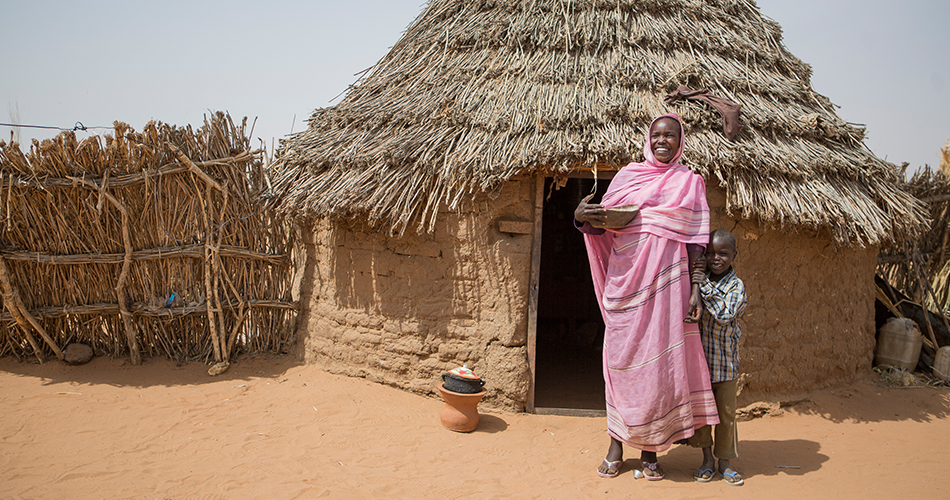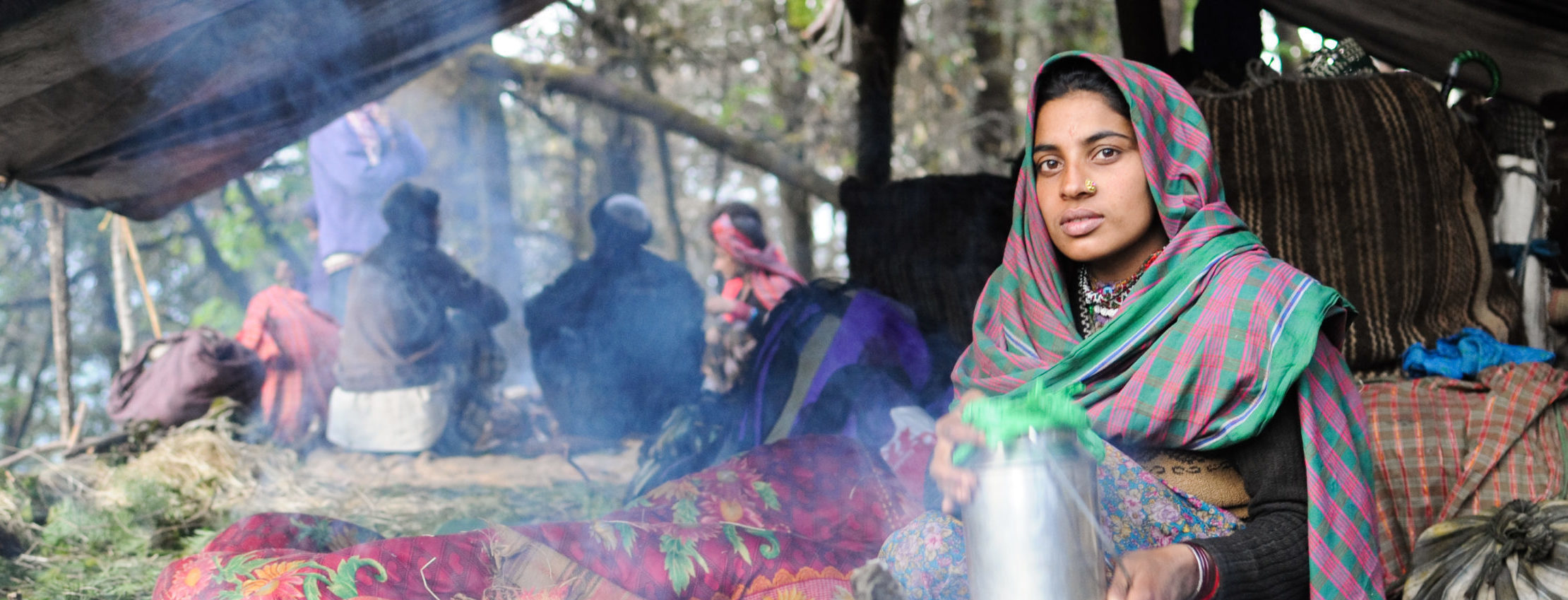Clean Cooking Improves Health
Air pollution is the leading environmental health risk globally.
This risk is especially acute for families without access to clean cooking, with up to four million people dying prematurely every year from illnesses associated with exposure to smoke from polluting, open fires or inefficient stoves. Cleaner, more modern stoves and fuels can reduce emissions and lessen the burden of disease associated with household air pollution (HAP).
Read CCA’s Air Pollution Factsheet
The Issue
2.4 billion people around the world depend on food cooked over polluting open fires or inefficient stoves. Exposure to HAP from burning wood, charcoal, coal, and kerosene is a leading risk factor for diseases including childhood pneumonia, chronic obstructive pulmonary disorder, ischemic heart disease, stroke, and lung cancer.
The Solution
Replacing polluting open fires or inefficient stoves with cleaner, more modern stoves and fuels reduces emissions and personal exposure, thereby lowering the burden of disease associated with HAP.
Household Air Pollution and Covid-19
Researchers have posited several hypotheses linking household air pollution (HAP) and COVID-19 infection and severity.
CCA is working to better understand how Covid-19 is impacting individuals exposed to chronic HAP from indoor cooking and heating. In 2020, CCA convened more than 60 experts for a virtual workshop, and also developed and released a request for proposals to research the links between chronic HAP exposure and COVID-19 in low- and middle-income countries, where millions of people are exposed to dangerous levels of HAP from cooking and other sources. Following a competitive selection process, CCA awarded funding for two studies, with the goal of better understanding how reducing HAP could identify high-risk communities and mitigate future respiratory pandemics.

